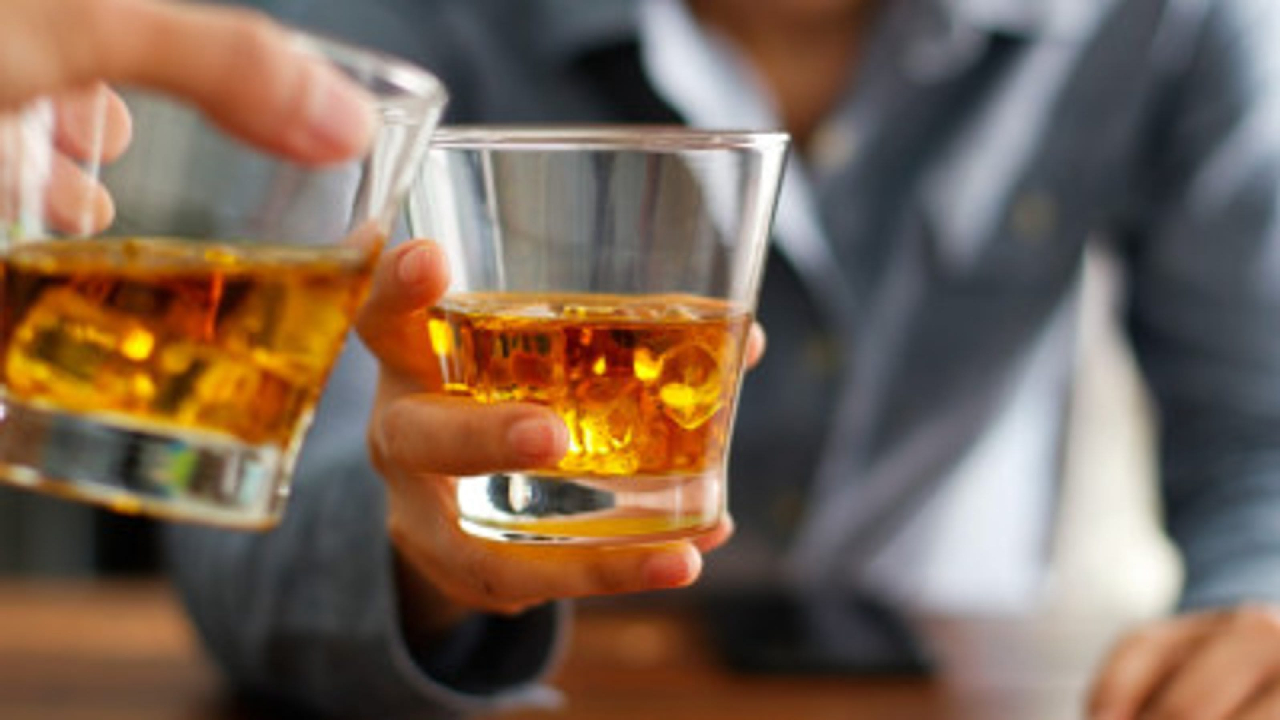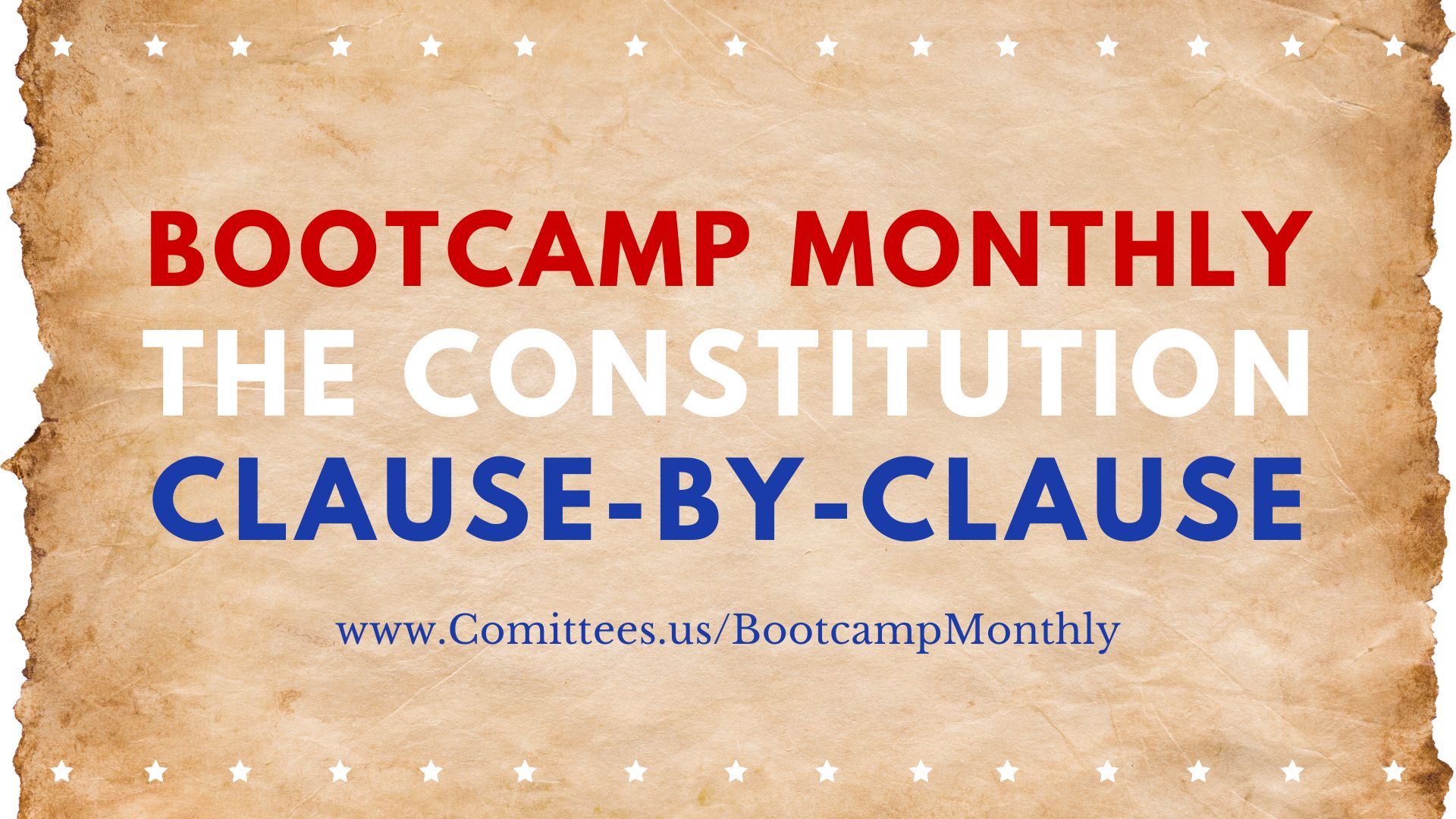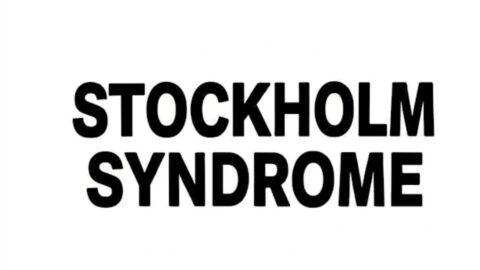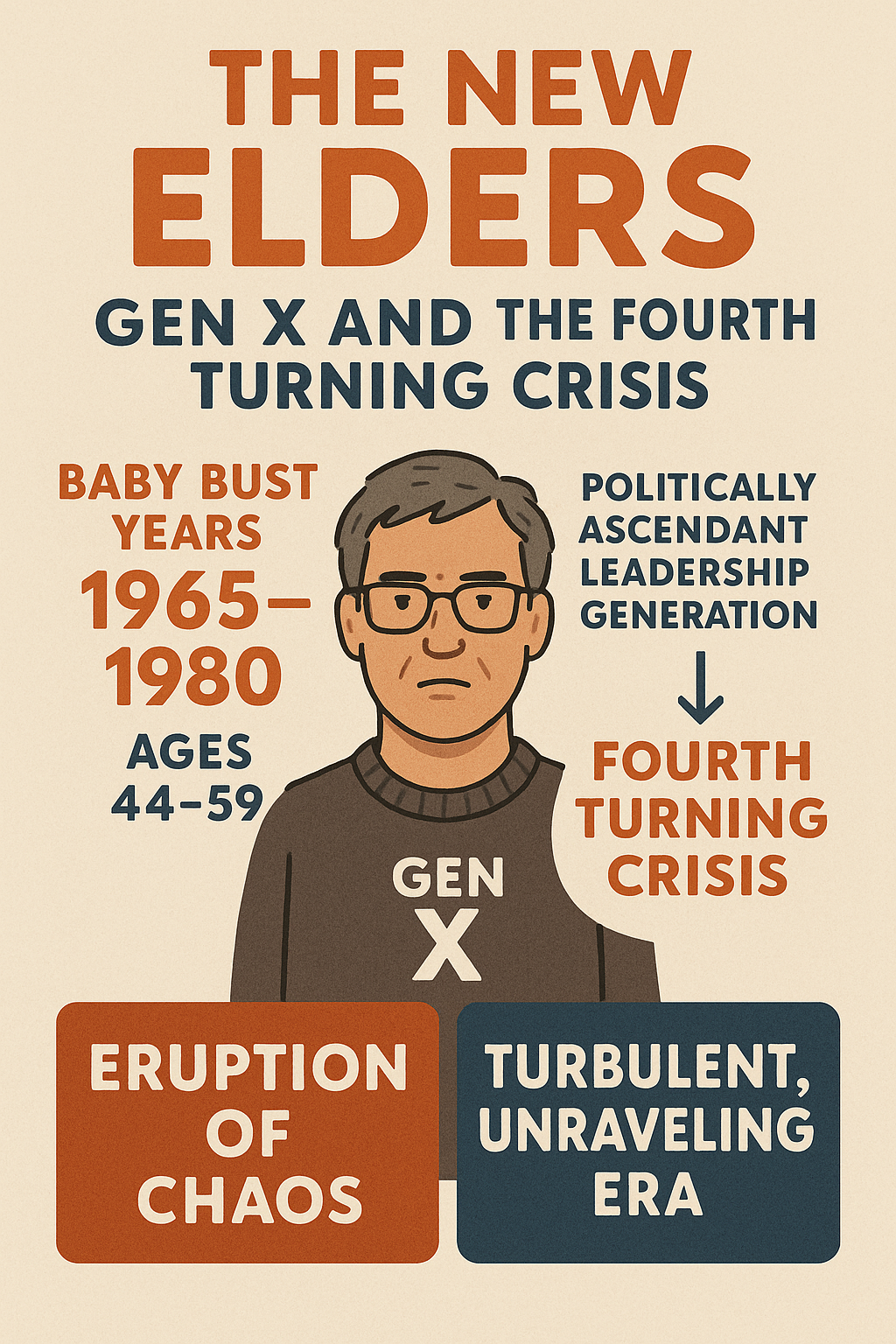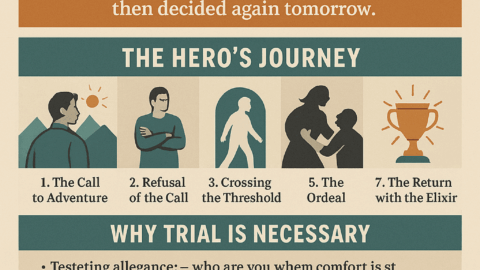After watching The Untouchables, I decided to better understand the film’s circumstances and context by watching the Prohibition PBS series by Ken Burns and Lynn Novick.
The film The Untouchables takes place around 1930.
“Prohibition has transformed Chicago into a City at War. Rival gangs compete for control of the city’s billion-dollar empire of illegal alcohol, enforcing their will with the hand grenade and Tommy gun. It is the time of the Ganglords. It is the time for Al Capone.” (1)
Prohibition not only transformed Chicago into a City at War but pitted the country, states, counties, and neighbors against one another.
Prohibition came down to opinions, observations, feelings, thoughts, and interests aligning to make it happen.
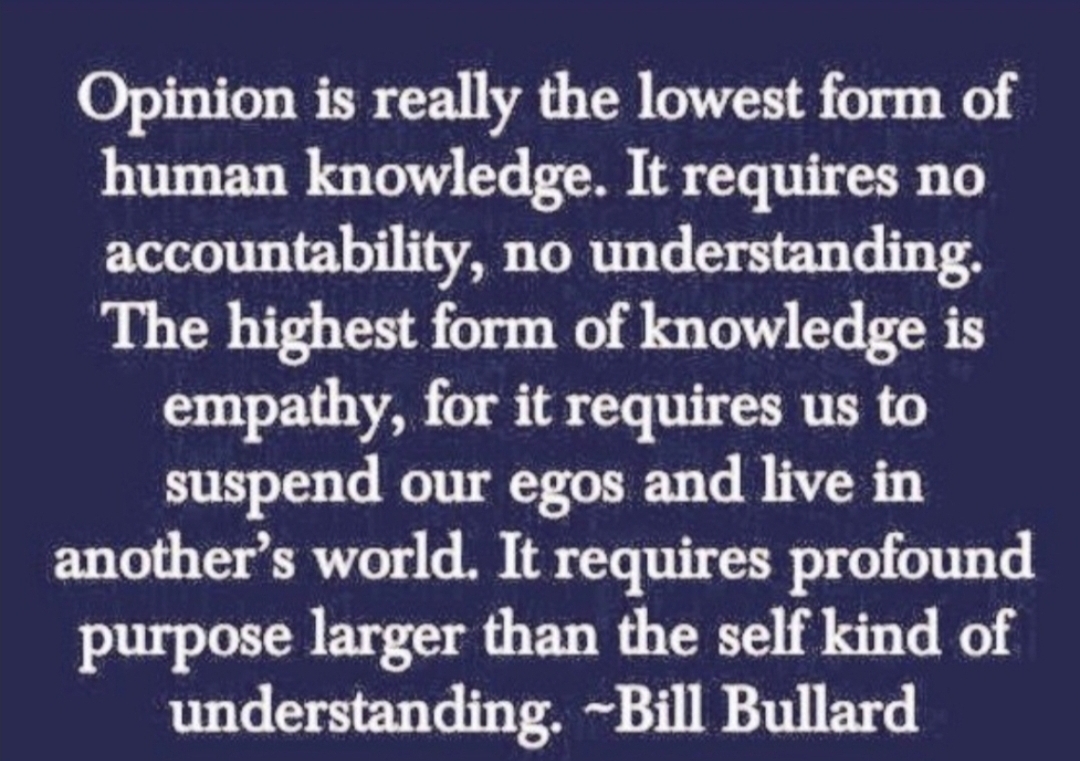
ALCOHOL CULTURE WAS AT LEAST AS AMERICAN AS APPLE PIE
In 1826, Reverend Lyman Beecher, pastor of the First Congregational Church of Litchfield, Connecticut, rode out to visit a needy parishioner. He found the wife weeping and described how her “husband’s fondness for drink had overcome his love for her and God.”
This was the same story Beecher had heard over and over, how parishioners had lost their jobs and life savings and how wives and children had been beaten and abused, all because of alcohol.
Beecher was resolved to do something about it. “Like slavery, the traffic in ardent spirits must be regarded as sinful. Let the temperate part of the nation awake and reform.”
Lyman Beecher wrote and delivered his passionate sermons had been heard for at least half a century in America. For the next hundred years, Americans would argue fiercely over what to do about the age-old problem of drunkenness.
We would benefit from understanding and reading The Great Conversation, as it discusses the thread of age-old problems and “a wide array of ideas: the nature of law, order, freedom, happiness, beauty, goodness, truth, and so on.”

(2)
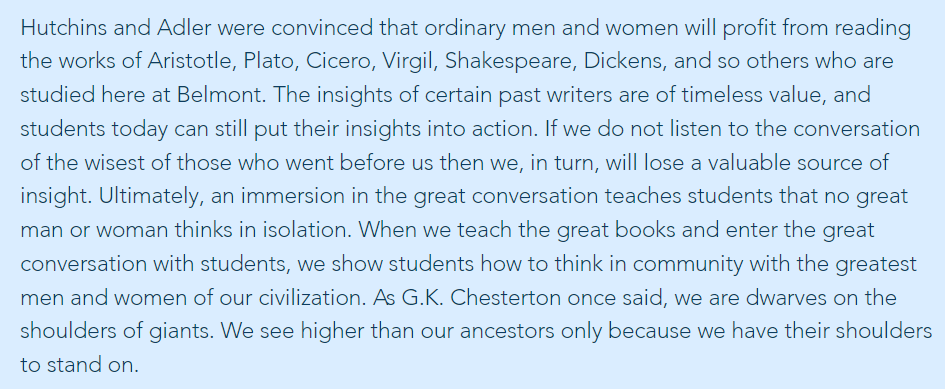
(2)
The film by Ken Burns alluded to how alcoholism was on the rise and was worrisome for the community members and leaders. It was already in the culture but seemed to be on the rise.
“For most of the nation’s history, alcohol was at least as American as apple pie. The whole of the Mayflower. The ship that carried the first Puritans to Massachusetts was filled with barrels of beer.” (3)
“At Valley Forge, George Washington did his best to make sure his man had half a cup of rum every day and half a cup of whiskey. When the rum ran out.” (3)
“John Adams began each day with a tankard of hard cider.” (3)
“Thomas Jefferson collected fine French wines and dreamed of a day when American vineyards could match them.” (3)
“After Andrew Jackson’s inauguration, so many drunken admirers crowded into the White House. The celebration had to be moved out onto the lawn to save the furniture.” (3)
“Young Abraham Lincoln sold whiskey by the barrel from his grocery store in New Salem, Illinois. ‘Intoxicating liquor’ he later remembered, ‘was used by everybody, repudiated by nobody.’” (3)
Here we see the younger version of Abraham Lincoln remembering how everyone was using liquor as it was widely accepted as important in early American culture. He added that no one had an issue with it or rejected it. It seemed underneath, it was bubbling up with issues on the Homefront.
“A young Maryland slave named Frederick Douglass said, ‘Whiskey made him feel like a president, self-assured and independent.’ (3)
“Physicians recommended whiskey, cider, brandy, rum, and beer as far better for their patients than water hauled from muddy rivers and stagnant pools.” (3)
The water sources were questionable, and alcohol was the answer. Our society and culture were addicted to alcohol for consumption for many reasons during that time period.
“Clergymen drank, so did craftsman and canal diggers and the crowds of men who turned out for barn raisings and baptisms, funerals, and elections and public hangings.” (3)
It was considered a “norm” for alcohol to be served on many occasions, from religious to secular.
“Americans routinely drank at every meal, including breakfast. In many towns, a bell rang twice a day to signal what was called grog time, so that men could stop whatever they were doing. In factories and offices, mills and farm fields, to raise a jug.” (3)
The towns supported the “grog time” like we would consider tobacco breaks for employees.
“For 1000s of years, human beings had been fermenting fruits and grains to create mildly intoxicating beverages. But by the 1800s, rum, whiskey and other distilled spirits, with significantly higher alcohol content had become increasingly available.” (3)
As food production increased, more crops could be used for intoxicating beverages in the 1800’s. It seemed to be a gradual process that slowly crept up on the early Americans as an epidemic to a degree. Growing crops and turning them into intoxicating beverages was a ritual and custom to Americans.
“All of a sudden, you have all of these people growing grain, growing corn, growing oats, growing wheat, that can be distilled into whiskey. And so all of these rituals that had been part of the human experience were farmers would get up and you would have beer with breakfast and beer with lunch and beer with your afternoon break and beer with dinner but you’re talking about 2% beer. Now all of a sudden, people are drinking whiskey instead. And it took a while for the culture to recognize that wait a minute, there’s something really wrong here.” (3)
People started to see a problem with brewing and wanted to do something about it. We are seeing how 2% beer is being replaced by whiskey. “Whiskey is a spirit made from fermented grain. The ABV of whiskey ranges from 40% to 50%.” (4)
Was this more about control, regulation, and taxes? And the excuse was removing homebrewing to monopolizing and receiving more tax dollars from taxes on whiskey?
The national government had already tried an excise tax known as the “Whiskey Tax” before the 1830s.


(5)
Was the American government trying to copy what happened in Northern Ireland by licensing whiskey distilleries in America?

(5)
We can see how the American government declared in 1964 that “bourbon whiskey is the country’s official distilled spirit.”
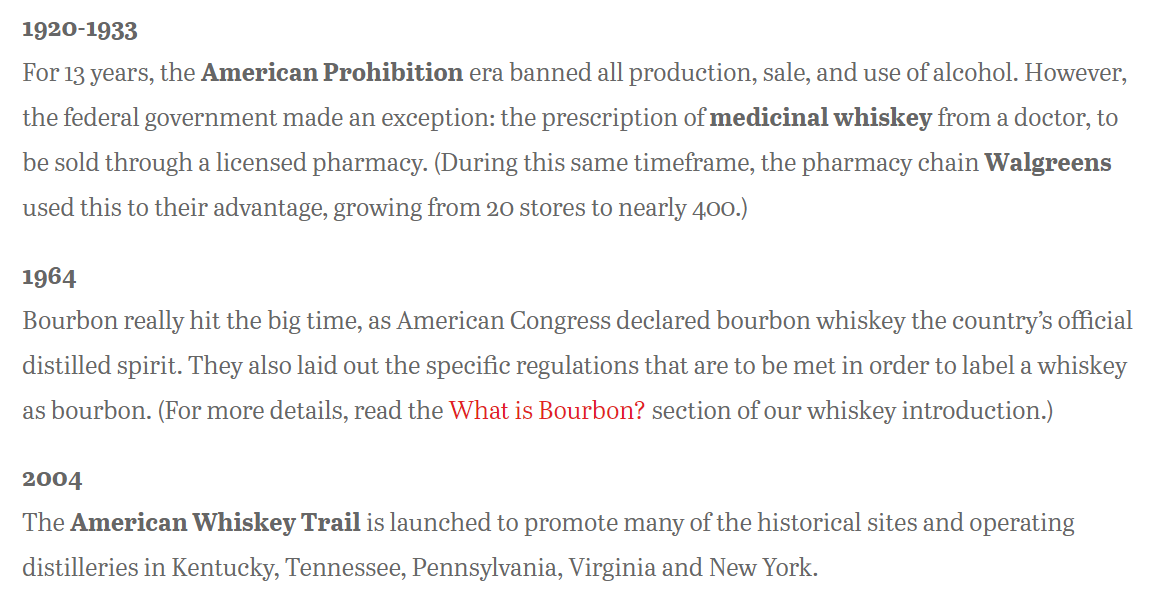
(5)
We jumped ahead to connect the dots in searching to see if it is possible that the American government used Prohibition as a weapon to monopolize the alcohol and whiskey industries to create revenues in taxes to fund the federal government. We will return to this in another portion of our series.
We want to return to the earlier American period as whiskey was highly consumed, and the government was probably missing out on tax revenues.
“By 1830, the average American over 15 years of age drank the equivalent of 88 bottles of whiskey every year, three times as much as their 21st-century descendants drink. Americans spent more money on alcohol each year than the total expenditures of the federal government. Inebriants filled the nation’s poor houses and workhouses and prisons. More and more people began to worry that the country was becoming a nation of drunkards. And as the wages of many husbands and fathers and sons went to the grog shop, women and children became victims, mistreated, abandoned, deprived of food and shelter.” (3)
People who were chemically dependent on alcohol filled the nation’s poor houses, workhouses, and prisons. It sounds very similar to our own drug problems we are having in our nation, including the likes of San Francisco. Women and children were becoming victims of society and cultural norms that didn’t seem to be an issue with the common person who lived from day to day to survive and make a living who were not conscious of the epidemic the country was going through at the time.
There were additional societal and cultural norms at play during this time period. One of them was for a man to hold his liquor was considered to be a sign of masculinity, which created its own problems short-term and in the long run.
“Alcohol consumption, at that point was a sign of masculinity that took away masculinity so that you drank to show that you were a man, but you get drunk and all of a sudden you can’t provide for your family. You can’t do your job, become violent.” (3)
Alcohol would increase the potential for additional crimes against persons and property.
Without the government’s assistance, a group of people got together as an association to create the preceding organization to Alcoholics Anonymous. It was called the Washingtonian movement.
In 1840, “the Washingtonian movement (Washingtonians, Washingtonian Temperance Society or Washingtonian Total Abstinence Society) . . . was created by six alcoholics (William K. Mitchell, John F. Hoss, David Anderson, George Steers, James McCurley, and Archibald Campbell). The group taught sobriety and preceded Alcoholics Anonymous by almost a century . . . . The Society was the inspiration for Timothy Shay Arthur‘s Six Nights with the Washingtonians and his Ten Nights in a Bar-Room.”
“Timothy Shay Arthur . . . stories, written with compassion and sensitivity, articulated and spread values and ideas that were associated with “respectable middle class“ life in America. He also believed greatly in the transformative and restorative power of love as is shown in one of his stories ‘An Angel in Disguise’ . . . . Virtually forgotten now, Arthur did much to articulate and disseminate the values, beliefs, and habits that defined respectable, decorous middle-class life in America.”
There were layers upon layers of events, opinions, and human experiences that were gaining momentum and joining forces or coming head to head to battle against one another in the moment or the future.
The time period and sentiments leading into the Civil War and up through the passage of the 18th Amendment would show the battles up to the beginning of Prohibition on January 17, 1920, and the effect of the continued War that transpired throughout our country, cities, counties, and communities in the United States, until the Twenty-first Amendment repealed the Amendment on December 5, 1933.
Before the passing of the 21st Amendment in 1933, we can see how the War in the cities was coming to a head in 1930 in Chicago with Al Capine, which returns to The Untouchables.
(1) The Untouchables (film)
(2) What is the “Great Conversation?”
(3) PROHIBITION by Ken Burns and Lynn Novick
(4) Types Of Alcohol

